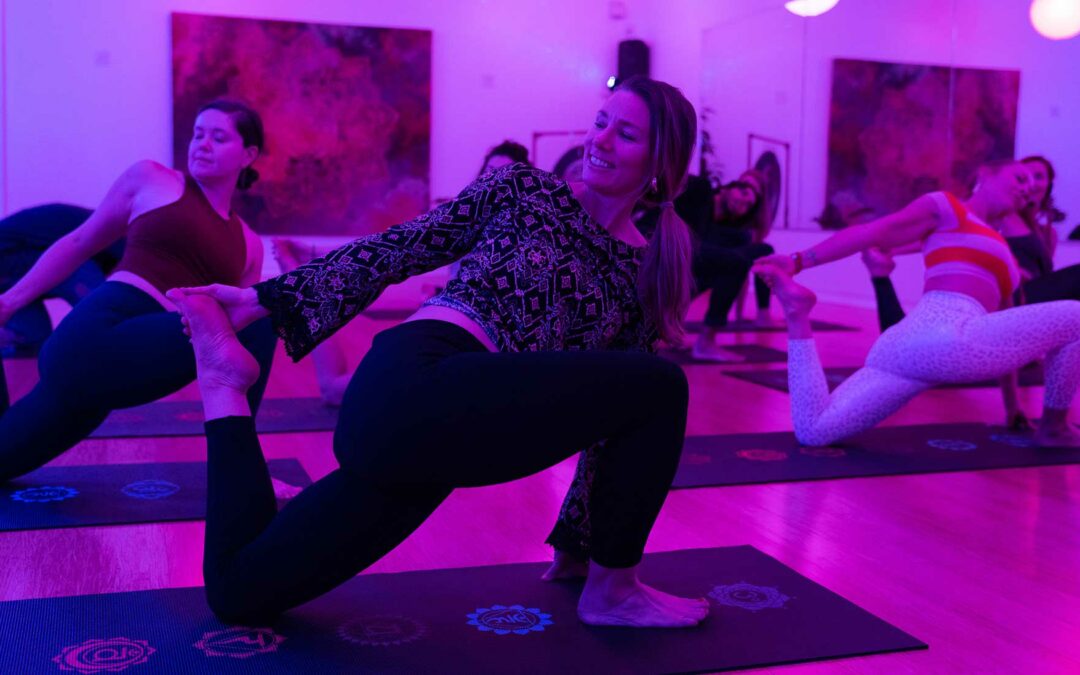
Feb 4, 2024
Unearthing the Ancient Origins of Yoga: The Oldest Known Form of Yoga
Yoga, with its deep philosophical roots and myriad physical and mental benefits, has captivated millions of people worldwide. While modern yoga takes various forms and styles, each with its unique approach, philosophy, and goals, its origins can be traced back to ancient India. Among the diverse types of yoga that have evolved over millennia, one stands out as the oldest known form of yoga: Hatha Yoga.
Hatha Yoga: The Foundation of All Yoga
Hatha Yoga, pronounced “HAH-tuh yoga,” is often referred to as the foundational practice from which all other forms of yoga have emerged. The word “hatha” itself is a combination of two Sanskrit words: “ha” meaning “sun” and “tha” meaning “moon.” This reflects the fundamental principle of balance and union at the heart of Hatha Yoga – the harmonization of opposing forces.
The Origins of Hatha Yoga
The origins of Hatha Yoga can be traced back to ancient Indian texts known as the Hatha Yoga Pradipika and the Shiva Samhita. These texts, written between the 12th and 17th centuries CE, provide valuable insights into the practice and philosophy of Hatha Yoga. However, Hatha Yoga’s roots extend even further into antiquity, reaching back to the early centuries of the Common Era.
Early mentions of Hatha Yoga can be found in ancient texts like the Bhagavad Gita and the Yoga Sutras of Patanjali, which were written around 500 BCE. These references, while not comprehensive, allude to physical and meditative practices that bear similarities to the principles of Hatha Yoga. The Bhagavad Gita, for example, mentions controlling the breath as a means of calming the mind, which is a key component of Hatha Yoga.
Hatha Yoga: A Union of Body and Mind
At its core, Hatha Yoga seeks to unite the physical body (represented by the sun, or “ha”) with the mental and spiritual aspects (represented by the moon, or “tha”). This union is achieved through a combination of physical postures (asanas), controlled breathing techniques (pranayama), meditation, and cleansing practices (shatkarma). The goal is to balance and purify the body and mind, preparing them for higher states of consciousness and spiritual awakening.
Key Components of Hatha Yoga
Asanas: Hatha Yoga places a strong emphasis on physical postures to improve flexibility, strength, and balance. These asanas are designed to activate and balance the body’s energy centers, or chakras, promoting physical and mental well-being.
Pranayama: The practice of controlled breathing is integral to Hatha Yoga. Various breathing techniques are employed to enhance the flow of prana (life force) within the body, resulting in increased vitality and mental clarity.
Meditation: Hatha Yoga includes meditation to calm the mind, improve concentration, and connect with the inner self. This aspect of the practice helps individuals gain greater self-awareness and self-realization.
Shatkarma: Cleansing practices are essential in Hatha Yoga to purify the body and prepare it for deeper spiritual experiences. These practices include cleansing the digestive system, nasal passages, and the mind itself.
The Enduring Legacy of Hatha Yoga
Hatha Yoga’s rich history and its continued relevance in the modern world attest to its enduring legacy. As the oldest known form of yoga, it has served as the foundation upon which numerous other yoga styles and practices have been built. Whether one’s goal is physical fitness, mental clarity, or spiritual awakening, Hatha Yoga provides a comprehensive framework for achieving holistic well-being.
Hatha Yoga stands as a testament to the timeless wisdom of ancient Indian sages who sought to unlock the full potential of the human experience. Its balanced approach to physical and mental health has resonated with countless practitioners throughout history and continues to do so today. By honoring the ancient roots of Hatha Yoga, we can deepen our understanding of this ancient practice and harness its transformative power in our modern lives.
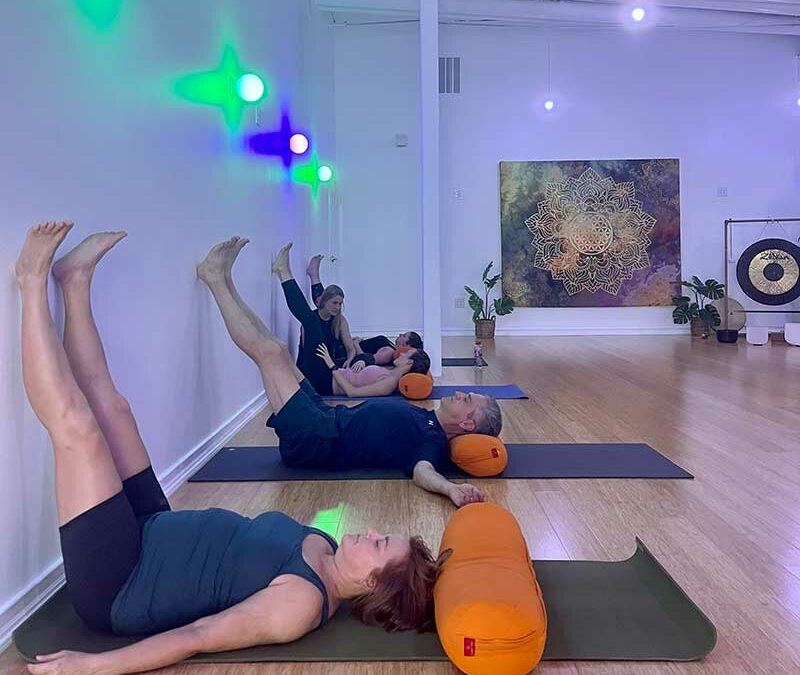
Jan 10, 2024
Yin Yoga is a style of yoga that focuses on long-held, passive poses that target the deep connective tissues in the body, such as ligaments, tendons, and fascia. Unlike more dynamic and active styles of yoga, like Vinyasa or Hatha, Yin Yoga involves holding poses for extended periods, typically ranging from 1 to 5 minutes or even longer. This extended duration allows the muscles to relax and places stress on the connective tissues, which can lead to increased flexibility and joint mobility.
Here are some key characteristics and principles of Yin Yoga:
- Long-held poses: Poses are typically held for several minutes, often with the support of props like blocks, bolsters, or blankets to make the poses more comfortable.
- Gentle and passive: Yin Yoga is not about pushing yourself to your physical limits or engaging in strenuous activity. It encourages a more passive and meditative approach to asana practice.
- Targeting connective tissues: The extended holds in Yin Yoga target the dense, less elastic tissues in the body. This can help improve flexibility, joint health, and the flow of energy (chi or prana) through the body’s meridian channels.
- Stillness and mindfulness: Practitioners are encouraged to cultivate mindfulness and awareness during the practice, often incorporating elements of meditation and breathwork to enhance the experience.
- Individualized practice: Yin Yoga can be adapted to suit the individual’s needs and abilities, making it accessible to people of various fitness levels and body types.
- Balance to active practices: Many people use Yin Yoga as a complement to more active and dynamic forms of yoga or exercise. It can help balance out the yang (active) aspects of their practice and promote relaxation and recovery.
- Benefits: Some potential benefits of Yin Yoga include increased flexibility, improved joint mobility, reduced stress, relaxation, and a sense of inner calm. It may also be helpful for people with certain chronic conditions or injuries, though it’s essential to consult with a qualified yoga instructor or healthcare professional for guidance.
It’s worth noting that Yin Yoga is not a high-intensity workout and may not be suitable for everyone. If you’re interested in trying Yin Yoga, consider taking classes at Lizard Yoga. We can provide proper guidance and ensure you practice safely. As with any form of exercise, it’s a good idea to consult with your healthcare provider before starting a new yoga practice, especially if you have any underlying medical conditions or concerns.
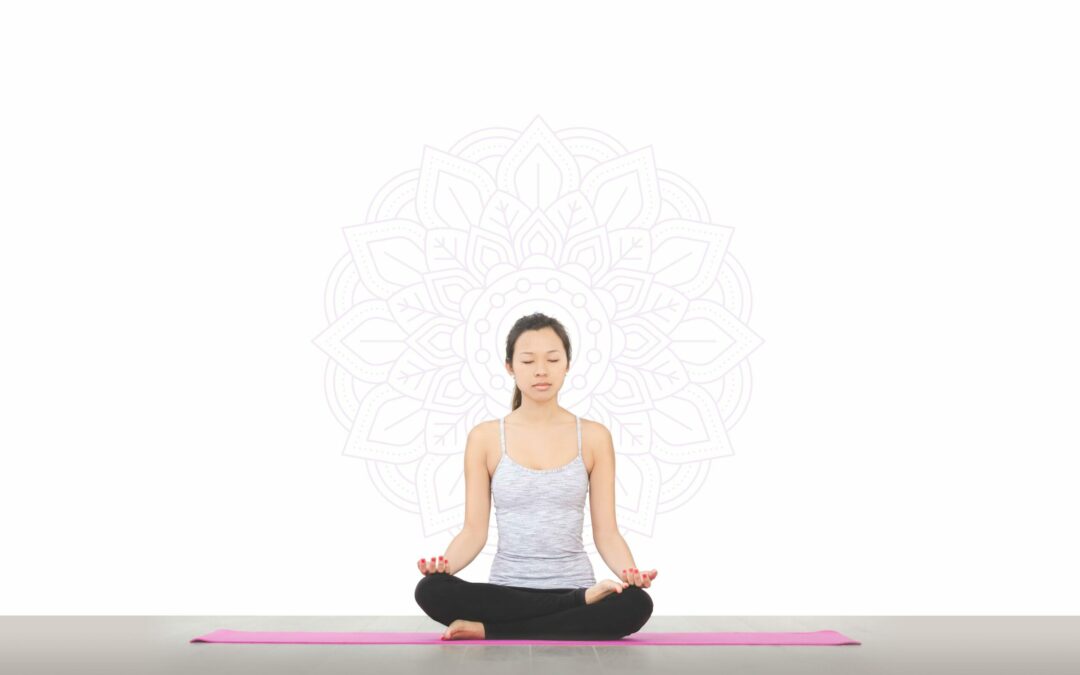
Jan 10, 2024
Francisco Kaiut, the creator of Kaiut Yoga, is a Brazilian yoga instructor with a background in chiropractic medicine. His approach to yoga is heavily influenced by his knowledge of biomechanics and his desire to address the modern-day physical issues that many people face due to sedentary lifestyles, prolonged sitting, and other factors.
Adaptability: Kaiut Yoga is also known as therapeutic yoga and is for its adaptability and inclusivity. It can be modified to suit individuals with various physical conditions and limitations, making it accessible to a wide range of people, including those with injuries, chronic pain, and age-related mobility issues.
Therapeutic benefits: Practitioners of Kaiut Yoga often report improvements in their overall physical well-being. This may include increased flexibility, reduced pain and discomfort, improved posture, and enhanced mobility. Some individuals also find relief from conditions like arthritis and sciatica through regular practice.
Mind-body connection: While Kaiut Yoga primarily focuses on physical well-being, it also acknowledges the connection between the body and mind. Mindfulness and breath awareness are integral components of the practice, helping participants cultivate a deeper understanding of their bodies and reduce stress.
Longevity and aging: Kaiut Yoga places a strong emphasis on promoting longevity and healthy aging. It aims to keep the body functioning optimally as it ages, allowing individuals to maintain an active and comfortable lifestyle well into their later years.
Classes and workshops: Kaiut Yoga classes and workshops are offered worldwide, and they may vary in terms of duration and focus. Some classes are dedicated to specific areas of the body or conditions, while others provide a more comprehensive practice.
If you’re interested in trying Kaiut Yoga in Austin, Texas, we offer Kaiut Yoga Classes. We can provide you with more in-depth guidance, personalized instruction, and a safe environment to explore the therapeutic benefits of this yoga style. Remember that the experience may vary from one instructor to another, so it’s a good idea to talk to them about your specific needs and goals before starting your practice.
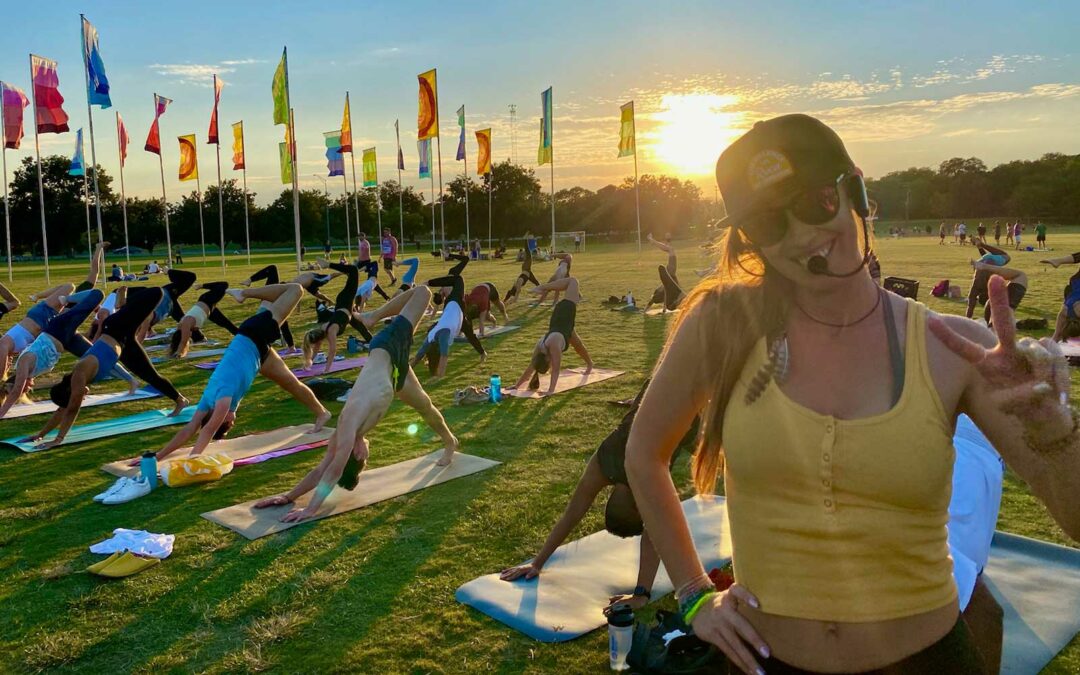
Jan 10, 2024
Vinyasa yoga, also known as flow yoga, offers several benefits that make it a popular and highly regarded form of exercise and mindfulness practice. Here are some reasons why Vinyasa yoga is considered good for you:
Physical Fitness: Vinyasa yoga is a physically demanding practice that helps improve flexibility, strength, and endurance. The continuous flow of poses challenges various muscle groups and enhances overall physical fitness.
Cardiovascular Health: The dynamic nature of Vinyasa yoga can elevate your heart rate, leading to cardiovascular benefits. It can help improve circulation, lower blood pressure, and promote a healthier heart.
Stress Reduction: The synchronization of breath with movement in Vinyasa yoga encourages mindfulness and helps reduce stress and anxiety. Focusing on the present moment can promote relaxation and mental well-being.
Improved Flexibility: Vinyasa yoga includes a wide range of poses that target different parts of the body. Regular practice can lead to increased flexibility, making daily movements easier and reducing the risk of injury.
Strength Building: Many Vinyasa poses require core strength and stability. Consistent practice can lead to a stronger core, improved posture, and better overall muscular tone.
Balance and Coordination: Vinyasa sequences often incorporate balancing poses that challenge your coordination and proprioception (awareness of your body in space). This can enhance your overall balance and coordination.
Weight Management: Engaging in regular Vinyasa yoga sessions can help with weight management by burning calories, increasing metabolism, and promoting a healthier lifestyle.
Mind-Body Connection: Vinyasa yoga encourages a strong connection between the mind and body. By focusing on your breath and the sensations in your body, you can develop greater self-awareness and mental clarity.
Adaptability: Vinyasa yoga can be adapted to suit various fitness levels and individual needs. Whether you’re a beginner or an experienced yogi, you can modify the practice to meet your goals and limitations.
Variety and Creativity: Vinyasa classes often offer a wide variety of sequences, so you can experience different combinations of poses and movements. This variety keeps the practice interesting and engaging.
Spiritual Growth: While not religious in nature, Vinyasa yoga can be a spiritual practice for some, as it encourages self-reflection and a deeper understanding of oneself.
Community and Support: Practicing Vinyasa yoga in a group class can provide a sense of community and support. It allows you to connect with like-minded individuals and share the benefits of yoga together.
In Vinyasa yoga, there isn’t a single specific “Vinyasa yoga move.” Instead, Vinyasa yoga is characterized by a continuous flow of movements and poses linked together in a sequence, with a strong emphasis on the coordination of breath and movement. The term “Vinyasa” itself refers to the transition between two yoga poses that is synchronized with a specific breath pattern, often involving a combination of plank, chaturanga, upward-facing dog or cobra, and downward-facing dog.
Here’s a description of what a typical Vinyasa flow sequence might look like:
Start in a standing position at the front of your yoga mat, often in Mountain Pose (Tadasana).
Inhale as you raise your arms overhead into Upward Salute (Urdhva Hastasana).
Exhale as you fold forward into Forward Fold (Uttanasana).
Inhale, lift your chest slightly, and look forward in Half Forward Bend (Ardha Uttanasana).
Exhale as you step back into Plank Pose.
Lower down slowly with an exhale into Chaturanga Dandasana (a low push-up position).
Inhale, as you transition into Upward-Facing Dog (Urdhva Mukha Svanasana) with your chest lifted and legs off the mat, or Cobra Pose (Bhujangasana) with your thighs and pelvis on the mat.
Exhale as you push back into Downward-Facing Dog (Adho Mukha Svanasana).
From Downward Dog, you can either hold the pose or flow through the sequence again by stepping or jumping forward to Forward Fold and then inhaling back up to Upward Salute.
This is just one example of a Vinyasa flow sequence. In reality, Vinyasa yoga offers a wide variety of sequences and poses, and the specific movements can vary from one class to another. The key is the continuous and smooth flow of movements coordinated with your breath, which creates a dynamic and meditative practice that helps build strength, flexibility, and mindfulness. Vinyasa classes may also incorporate a variety of other poses and movements beyond this basic flow to keep the practice interesting and challenging.
It’s important to note that the benefits of Vinyasa yoga may vary from person to person, and consistency in practice is key to experiencing these advantages. Additionally, it’s always a good idea to consult with a healthcare professional before starting any new exercise routine, especially if you have underlying medical conditions or injuries.
Sign up for our next Vinyasa (Flow) Yoga Class.
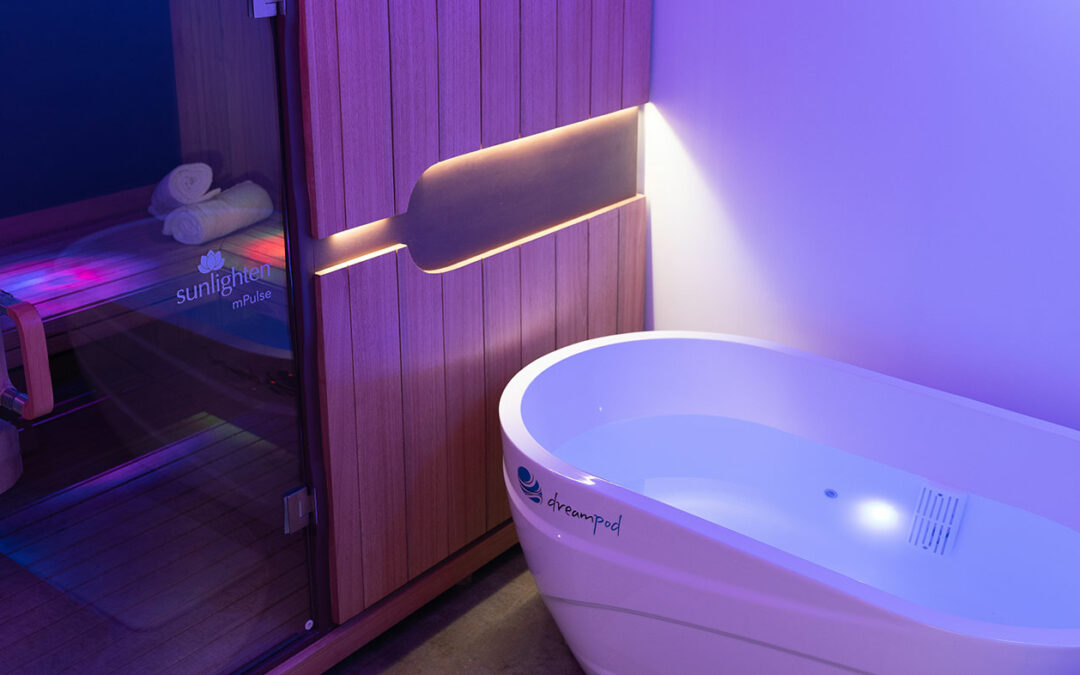
Nov 21, 2023
Contrast therapy, also known as hot and cold therapy, has gained popularity in recent years due to its numerous health benefits. This form of therapy involves alternating between hot and cold temperatures to improve circulation, reduce inflammation, and promote healing. One of the most common ways to practice contrast therapy is by using sauna and ice baths.
Saunas have been used for centuries as a form of relaxation and detoxification. A traditional sauna, also known as a Finnish sauna, uses heated rocks to produce dry heat that can reach up to 190 degrees Fahrenheit. This intense heat causes the body to sweat, helping to flush out toxins and increase blood flow.
In contrast, an infrared sauna uses infrared light to create heat that is absorbed directly into the body, resulting in a more gentle and comfortable experience. Both types of saunas have been shown to have similar health benefits, such as improving cardiovascular function, boosting immunity, and reducing stress.
On the other hand, ice baths involve immersing the body in cold water for a short period of time. This sudden drop in temperature constricts blood vessels, reducing inflammation and swelling. When the body is taken out of the cold water, blood vessels dilate and blood flow increases, which can aid in muscle recovery.
When combined, sauna and ice baths create a powerful contrast therapy session. Alternating between hot and cold temperatures causes blood vessels to repeatedly constrict and dilate, resulting in improved circulation overall. This process also helps flush out lactic acid build-up in the muscles, promoting faster recovery and reducing muscle soreness.
Aside from physical benefits, contrast therapy has also been linked to mental health benefits. The intense heat in saunas can trigger the release of endorphins, which promote feelings of relaxation and euphoria. On the other hand, the shock of cold water in ice baths can stimulate the body’s stress response and improve mood.
While traditional saunas and ice baths have been used for centuries, the use of infrared saunas in contrast therapy is a relatively newer concept. However, many health professionals and athletes are recognizing the benefits of this combination and incorporating it into their wellness routines.
It is important to note that contrast therapy may not be suitable for everyone, particularly those with cardiovascular or respiratory conditions. It is always best to consult with a healthcare professional before trying this therapy.
The combination of sauna and ice baths in contrast therapy has numerous health benefits, including improved cardiovascular function, boosted immunity, reduced inflammation and stress. As more research continues to be conducted on this therapy, it is becoming an increasingly popular choice for those looking to enhance their physical and mental well-being. Whether using a traditional sauna or an infrared one, incorporating contrast therapy into your wellness routine may just be the key to unlocking its many benefits. So why not give it a try and see how it can benefit you?
Keep in mind to always listen to your body and seek professional advice before starting any new treatment or therapy. Your overall health and well-being should always be the top priority, and contrast therapy can be a valuable tool in achieving that goal. So next time you’re feeling stressed or want to boost your overall health, consider giving contrast therapy a try – your body will thank you. Remember to always stay hydrated and take breaks as needed during the sauna and ice bath sessions. Get ready to experience the invigorating and relaxing effects of contrast therapy and discover just how beneficial it can be for your mind and body. Keep striving towards optimal wellness, and contrast therapy may just become a regular part of your self-care routine. Here’s to a healthier you!
Nov 13, 2023
The Benefits of Taking Ice Baths: Why You Should Try It
Have you ever heard of the benefits of taking ice baths? It may sound crazy to some, but it is a popular method athletes and everyday people, use to boost their physical and mental well-being. Even though the idea of immersing yourself in freezing cold water may not sound appealing at first, the benefits of taking ice baths are worth considering. In this blog post, we’ll be talking about the advantages of taking ice baths and why you should consider incorporating it into your routine.
Promotes muscle recovery.
If you have sore muscles from an intense workout, an ice bath can be your best bet for a quick recovery. When you immerse yourself in cold water, it constricts your blood vessels, which reduces inflammation and helps your muscles recover faster. Ice baths can be particularly useful for athletes who frequently engage in high-intensity workouts or physical activity.
Boosts your immune system.
Taking an ice bath can also be great for your immune system. The cold water triggers your body’s natural defense mechanisms, leading to an increase in white blood cells and a natural boost to your immune system. This can help you fight off illnesses and colds more effectively.
Relieves stress and anxiety.
Ice baths can also be therapeutic for your mental health. When you immerse yourself in cold water, you release endorphins, the “feel-good” hormones in your body. This, in turn, reduces stress and anxiety and leaves you feeling refreshed and energized.
Improves circulation.
Another benefit of taking ice baths is that it improves your circulation. When you’re immersed in cold water, your blood vessels constrict, causing your blood to flow faster and more efficiently. This improves your overall cardiovascular health and reduces your chances of developing heart disease and other circulatory problems.
Increases focus and alertness.
Finally, ice baths can improve your cognitive function and mental clarity. The cold water stimulates your brain’s activity, leading to increased focus, alertness, and clarity. If you’re feeling mentally drained or fatigued, taking an ice bath can help you recharge and refocus.
In conclusion, taking ice baths may seem daunting or uncomfortable at first, but the benefits are undeniable. From promoting muscle recovery to boosting your immune system and improving your mental health, ice baths offer a wide range of physical and mental advantages that are worth considering. So, if you’re feeling adventurous and want to try something new, give ice baths a shot and see how it can benefit your overall well-being.
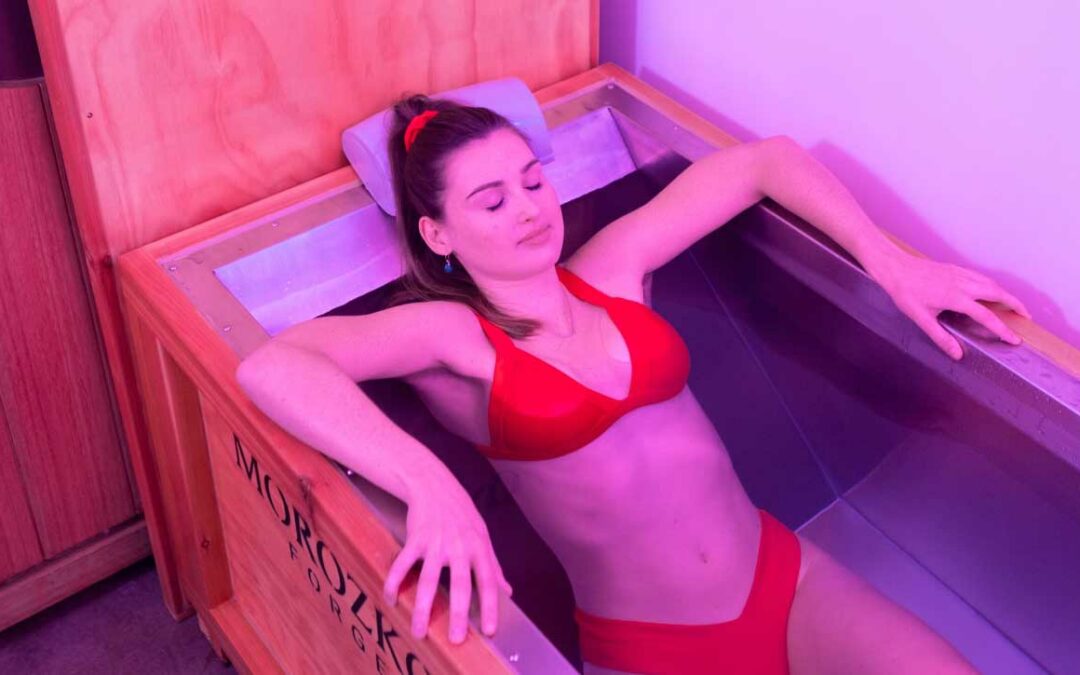
Aug 2, 2023
Ice baths, also known as cold immersion therapy, are not a modern fitness fad but an ancient practice with a plethora of health benefits. At Lizard Yoga Spa, centrally located in the vibrant heart of Austin, we’re bringing back this age-old tradition to complement your wellness journey.
Scientific research has long supported the benefits of ice baths. According to neuroscientist Dr. Andrew Huberman from Stanford University, ice baths can have a dramatic impact on reducing inflammation, enhancing recovery after intense physical activity, and even boosting immunity.
Ice baths work by exposing the body to cold temperatures, triggering a process known as vasoconstriction – the narrowing of blood vessels. This constriction reduces blood flow to the muscles, which in turn decreases inflammation and swelling. Once you step out of the ice bath and your body begins to warm up, vasodilation – the widening of blood vessels – takes place, leading to an increased flow of oxygen-rich blood to the muscles. This contrast process can significantly aid in faster muscle recovery.
Furthermore, regular exposure to cold water has been found to boost the immune system. It triggers the body to increase its metabolic rate in an effort to maintain body temperature, which leads to the production of more white blood cells – our body’s primary line of defense against diseases.
At Lizard Yoga Spa, we understand that plunging into an ice-cold bath may seem daunting. That’s why we’ve designed private contrast therapy suites, each featuring a personal ice bath and a sauna. The warmth of the sauna can help ease your body into the cooling benefits of an ice bath, making the experience less intimidating and more beneficial. Our private suites also ensure you have a relaxing, uninterrupted session.
If you’re new to cold immersion therapy, start slow. Aim for one to two minutes initially, gradually increasing the duration as your body adapts to the temperature. Always remember, consistency is key to reaping the full benefits of ice baths.
So why not challenge yourself and explore the cool, revitalizing benefits of ice baths at Lizard Yoga Spa? Not only will you be taking a proactive step towards enhanced recovery and immunity, but you’ll also be partaking in a practice that has stood the test of time. Located in the heart of Austin, we’re ready to guide you on this refreshing journey towards a healthier you.
Give us a call to book your private contrast therapy suite today. Discover the rejuvenating power of ice baths and add a cool twist to your wellness routine with Lizard Yoga Spa.
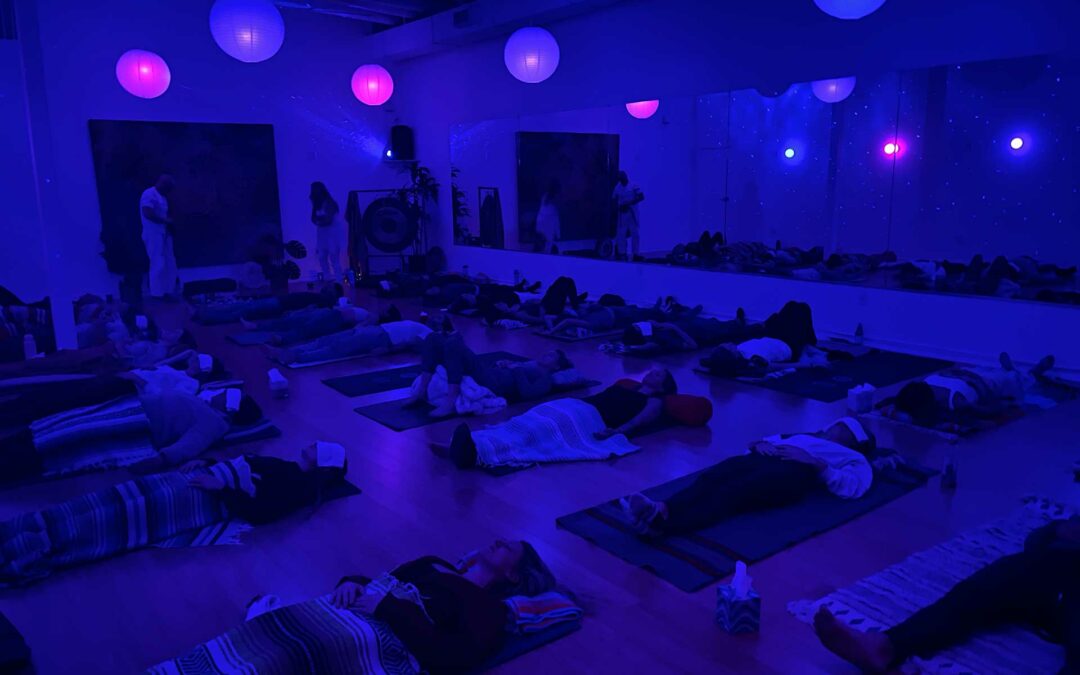
Jul 12, 2023
Sound Baths & Sound Healing
Delve into the world of sound baths at our yoga studio, where we harness the power of vibrational therapy to align with your body’s natural rhythms and contribute to your overall well-being. Here, we offer daily sound baths, a unique and immersive experience that fuses ancient healing practices with modern science, all meticulously timed to complement Ayurveda principles and your circadian rhythms.
Sound baths are a form of vibrational therapy that utilize instruments like crystal singing bowls, gongs, and soothing vocal music to induce a state of deep relaxation and healing. Rooted in the science and benefits of frequency healing, these instruments produce frequencies that synchronize with your body’s energy fields, promoting balance, relaxation, and holistic healing.
Sound baths are perfect for that afternoon slump when you’re tempted to reach for coffee or sugar. Instead, allow your body to rejuvenate with our sound bath classes. These sessions offer a moment of pause, guiding you gently into a restorative state of consciousness that leaves you feeling refreshed and ready for evening activities with your loved ones.
For those wondering how to participate in a sound bath, the beauty of this practice is its accessibility. It’s an approachable experience for all ages and abilities. Just bring a pillow and blanket, lay back, and let the healing frequencies wash over you. If you forget your comfort items, don’t worry. We provide some blankets and pillows to ensure you achieve optimal comfort.
The studio is bathed in soft, intentional lighting designed to set the tone and ease your nervous system, creating an atmosphere that’s conducive to deep relaxation and healing. Just lie back and surrender to the gentle vibrations of the crystal singing bowls and the resonating gong, allowing them to do all the work.
Sound baths are a unique and immersive form of sound healing that harness the power of vibrational therapy. They offer a powerful way to reconnect with your inner self, rejuvenate your energy, and realign with your natural rhythms. Experience the science and benefits of frequency healing at our yoga studio today, and dive into a restorative journey of relaxation and wellness.

Nov 16, 2021
When float tanks were introduced to the public in the 1980s, I jumped in with both feet. The experience reminded me of my previous scuba diving adventures in Hawaii. I also realized I could easily adjust to sensory deprivation.
Decades later, in 2018, I was invited to an event that offered the opportunity to float. I looked forward to it, but I had forgotten the rules. During the first few minutes of floating, I put my hand to my face and got the saltwater in my eyes. Needless to say, I was miserable nearly the entire float.
Fast forward to 2021.
My younger brother died unexpectedly in mid-October. The grief I felt was deep and constant. The process of loss can not only cause psychological but physical trauma, as well. As for me, I felt a heaviness in my heart that started to worry me. I expressed that to Liz and Tanner, owners of Lizard Yoga, because I was working on the LizardYoga.com website at the time, and I needed time to recuperate from the grief.
Liz and Tanner were full of compassion. Lovingly, they offered me a complimentary float session to reset and find some peace and stillness.
I entered the studio for the first time, where I was warmly received by a receptionist. She asked me if I wanted some tea and told me to watch a video that prepared me for my float. The information was helpful. Even though I had floated many times, I learned some things I had never heard before.
I was guided to one of the flotation rooms. Everything was prepared for me and nicely laid out. There was a spray bottle filled with fresh water inside the tank, just in case. Brilliant!
I was offered the choice to keep the music on for the entire 60 minutes. I opted out.
A few minutes after I got in, the music faded out softly, as did the light…
Surprisingly, my mind wasn’t racing in all directions. Almost involuntarily, I began to meditate. In my mind’s eye, I had very peaceful visions. Most of the time, I was “in the gap.” My thoughts, when I did have them, were few and far between.
It’s easier to feel the body when you’re floating in saltwater, and I noticed some pain in my right shoulder from working on the computer a lot. I asked the pain how to release it and immediately had the urge to stretch my body, which seemed to stretch further than I have experienced in a while. I did this a few times until the pain subsided. Following that process, I had the urge to breathe. My lungs filled up to their maximum capacity. I held my breath for a second and slowly exhaled. I did this multiple times and felt completely at peace as I floated in the stillness. The body temperature liquid carried me effortlessly and reminded me what it must have been like to be a baby in my mother’s womb…
The music faded in slowly a few minutes before the time was up. The light faded in slowly and I stretched one more time. I entered time and space again, grateful for the experience. In the same room, there is a shower, which is equipped with body wash, shampoo, and conditioner that smelled nice. I got dressed and went to another room down the hall, where I blow-dried my hair and got ready for the day. I had been told that I could chill out in a room with salt walls and warm lighting and stay however long I felt the need to. There is an offering of books and cards to read, water, and tea to sip. I was never rushed or intruded upon in any way the entire time I was there.
I planned a full day of work after my float. I changed my mind because I felt the need to take a nap. I woke up an hour later focused and energized. I also felt at peace about my brother’s passing. I have not cried or felt the trauma of his passing since then.
Much love and appreciation,
Marion Trent, Web Designer
CreativeMomentum.net








